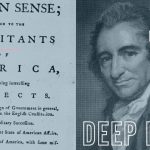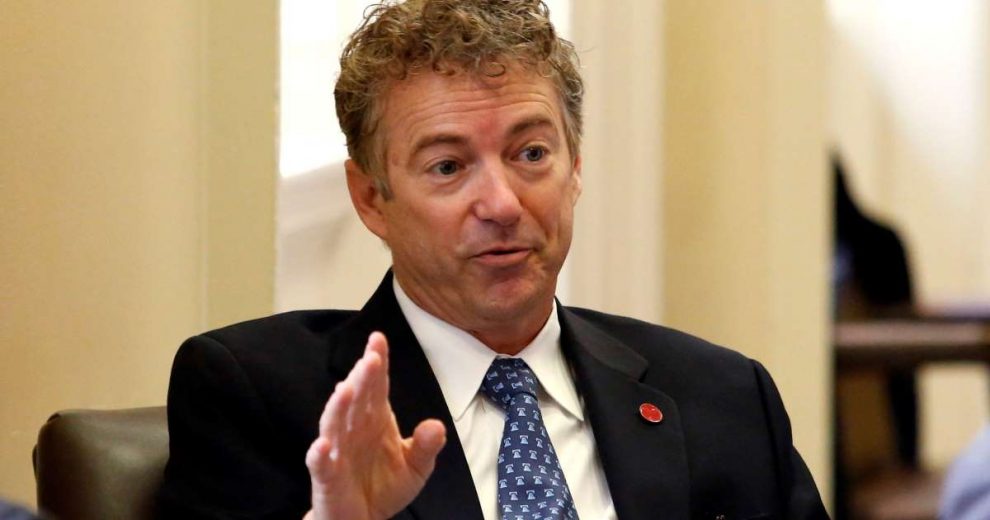Sen. Rand Paul on Thursday accused YouTube of censoring his speech from the Senate floor last week about the impeachment trial — a speech in which he mentioned a name some believe to be the whistleblower who ignited the investigation into President Trump.
Mr. Paul called it “chilling and disturbing” for the media giant to pull down his video.
He pointed out that while he mentioned names and connections, he never identified anyone as being the whistleblower. He said he doesn’t actually know the whistleblower’s name.
“Now, even protected speech, such as that of a senator on the Senate floor, can be blocked from getting to the American people. This is dangerous and politically biased,” he said.
“Apparently, YouTube has taken it upon itself to decide what questions can even be asked in the public debate, including on the Senate floor,” the Kentucky Republican added.
YouTube defended its move, saying that’s its policy.
“Videos, comments, and other forms of content that mention the leaked whistleblower’s name violate YouTube’s Community Guidelines and will be removed from YouTube,” said Ivy Choi, a spokesperson. “We enforce our policies consistently without regard to political leaning and have removed hundreds of videos and over ten thousand comments that contained the name.”
The spokesperson did not say how YouTube knew the name of the whistleblower.
Bill and Hillary Clinton Facing Charges Over Dodging Epstein Subpoenas — Again
Preliminary autopsy reveals possible cause of death for missing 4-year-old Alabama boy Johnathan Boley
Federal judge blocks Trump from cutting childcare funds to Democratic states over fraud concerns
California driver allegedly kills 2 more people while out on bail for previous fatal crash
Picking the right fight: Congressional tensions rise in wake of Minnesota ICE-involved shooting
Thomas Paine Set America Afire with ‘Common Sense’ 250 Years Ago: Pamphlet Made Case for Revolutionary War
USDA immediately suspends all federal funding to Minnesota amid fraud investigation
Border Patrol agent hugs protester in heartwarming moment caught on video during Minnesota operation
California projects $3 billion deficit as outside forecasts show bigger shortfall
‘Jeopardy!’ Host Ken Jennings Wants Trump Administration Jailed, Vows to Vote for Candidate Who Will ‘Prosecute’
Trump administration to investigate refugee status of Minnesota residents
Fox News Politics Newsletter: AOC accuses Vance of believing ‘American people should be assassinated’
Hundreds of opposition members still imprisoned as Venezuela plays nice with Trump
Video: Jasmine Crockett’s Brain Breaks as She Claims Dems Were Civil After Charlie Kirk’s Murder – Let’s Go to the Video Tape
Noem praises DHS officers on Law Enforcement Appreciation Day as attacks on federal agents spike nationwide
That has been one of the thornier issues in the debate. No official source has confirmed the name, so organizations such as YouTube are generally operating off of a belief — effectively lending more credence to the notion that the whistleblower is the person whose name appears in the video.
YouTube isn’t the only one to refuse to accommodate Mr. Paul in his determination to use the name.
Chief Justice John G. Roberts Jr., who presided over the impeachment trial of President Trump in the Senate, refused to read a question Mr. Paul wanted to ask. He apparently thought the question trod too closely to the identity of the whistleblower.
Mr. Paul did get his say later, during time allotted for senators to speak, when he read out the question he’d wanted to ask had he been allowed by the chief justice.
The whistleblower’s complaint last summer launched the impeachment of Mr. Trump.
Articles containing the accusation are part of the Congressional Record, and Mr. Paul’s speech is also still part of that permanent record.
Story cited here.
























